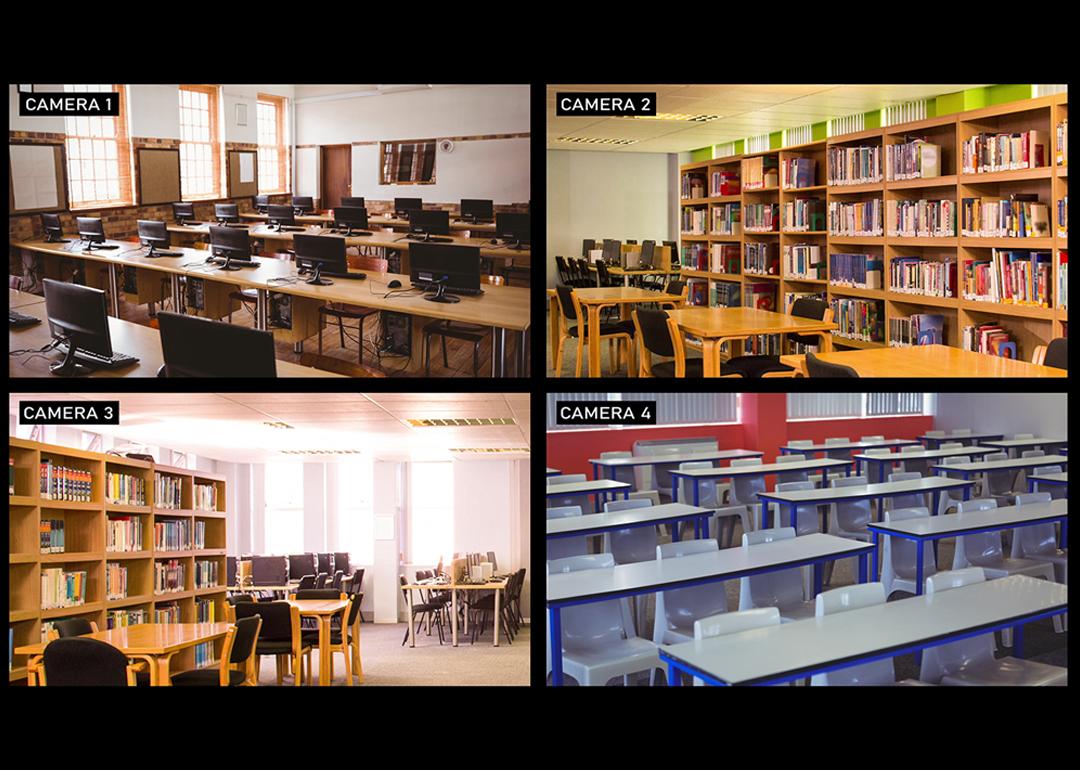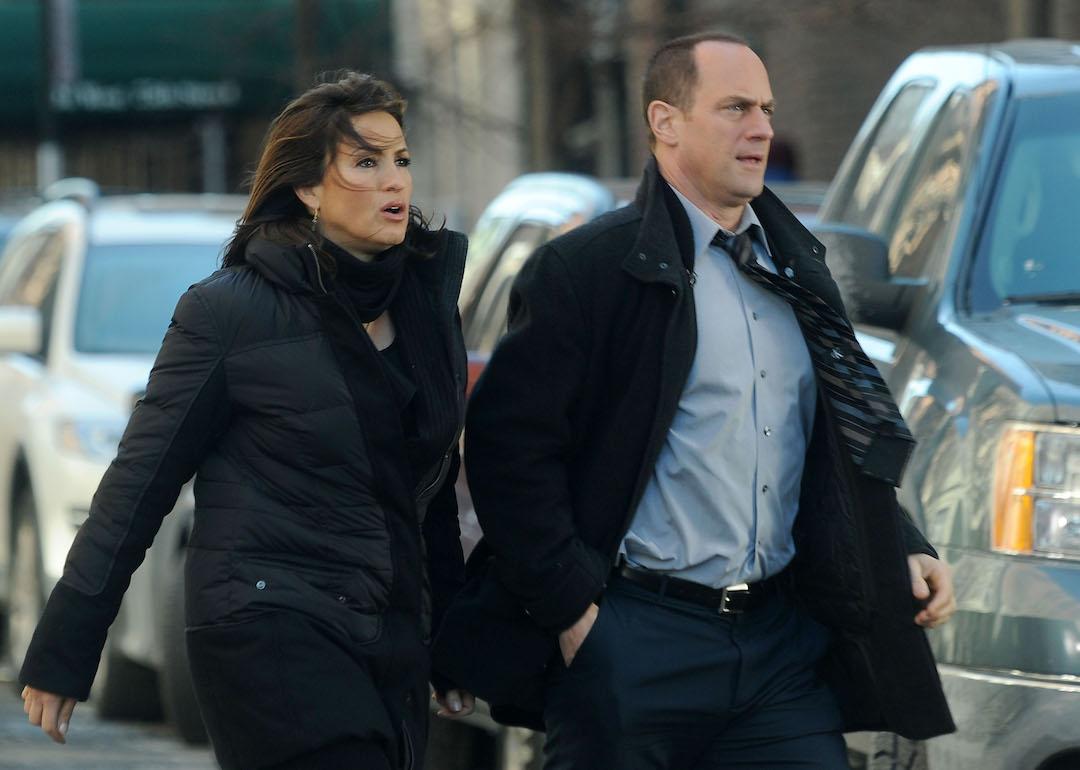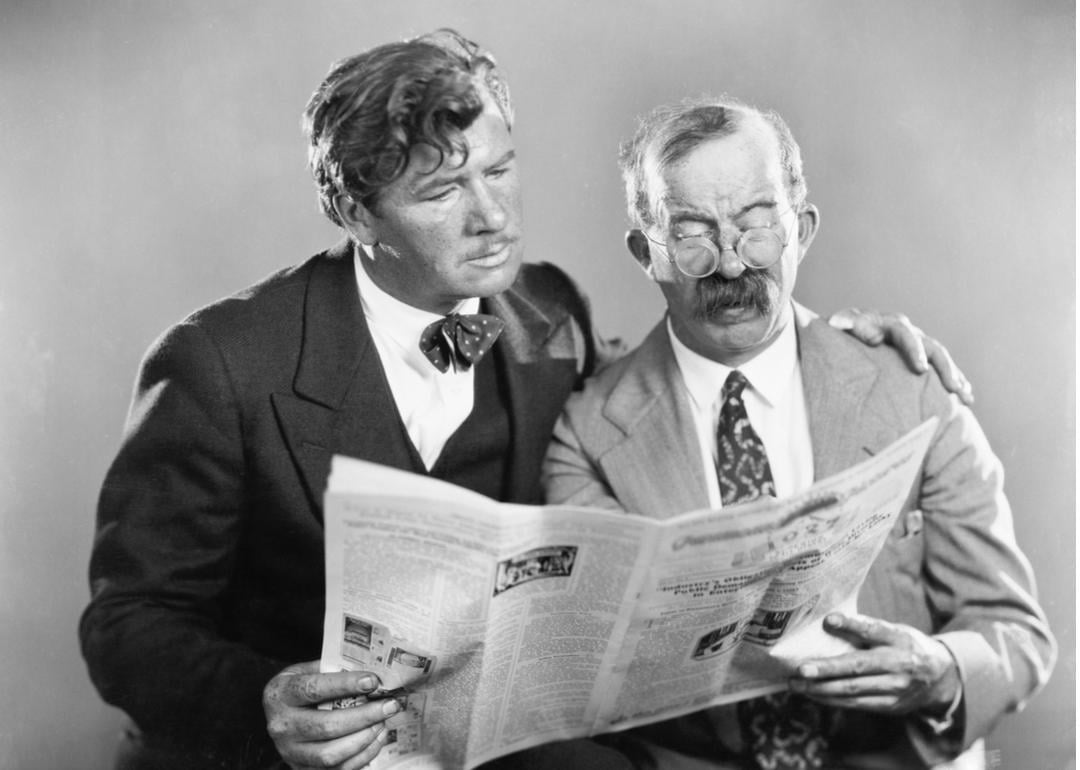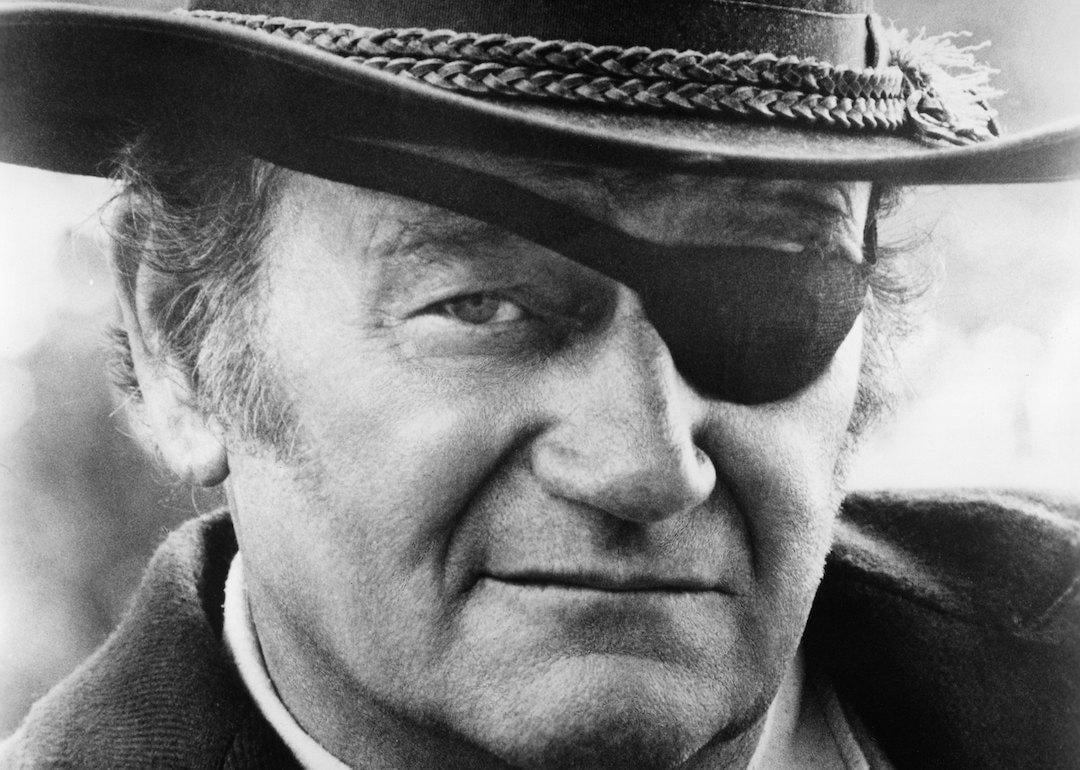
Inside the new laws putting cameras in America’s classrooms
Inside the new laws putting cameras in America’s classrooms
When most people think of security cameras in schools, they picture entrances, hallways, or parking lots. But, in a growing number of U.S states, cameras are moving inside the classroom — specifically into special education settings, where students might not always be able to report what happens to them.
Supporters say the law protects vulnerable children and allows educators to monitor incidents. Critics say it normalizes surveillance and have raised privacy concerns. The classroom camera debate — once hypothetical — has now become law in several states, each implementing it slightly differently, Videoloft reports.
The new normal in school surveillance
National data shows that video surveillance is already a fixture of American education. According to the National Center for Educational Statistics (NCES), 91% of public schools used security cameras on campus in 2019-2020, up from 61% a decade earlier (NCES, 2022).
Meanwhile, 86% of students aged 12-18 reported seeing cameras at their school, a jump of 15% since 2009 (NCES, 2021).
What’s missing, however, is any national data about cameras inside classrooms themselves. Surveys track schoolwide surveillance, but stop short of specifying where those cameras are — meaning the true extent of classroom monitoring is unknown.
Even so, the numbers reveal a cultural shift. What was once seen as intrusive surveillance is now part of the school landscape.
Why the shift is happening now
Growing urgency around special education safety
The immediate catalyst has been the safety of students with disabilities, especially those who cannot communicate mistreatment. Lawmakers and supporters argue that cameras offer an objective record of what occurs, protecting both students and staff.
Technology has caught up
Ten years ago, storing hundreds of hours of classroom footage required expensive, on-site servers. Today, cloud-based video management systems and encrypted storage make it more affordable to manage recordings at scale.
Strong parental support
Public sentiment is also in favor of classroom cameras. A 2023 Scott Rasmussen national survey found that 61% of U.S. voters support placing cameras in public school classrooms to ensure accountability (Newsmax, 2023).
A culture more comfortable with cameras
Beyond schools, Americans are surrounded by cameras. Classrooms, one of the few remaining unmonitored public spaces, are now being re-examined through this broader lens of everyday visibility and accountability.
Louisiana: From ‘by-request’ to a statewide requirement
Louisiana has undergone one of the bigger shifts. In 2025, Louisiana passed Act 479, which requires that every self-contained special education classroom in the state have at least one security camera installed by February 1, 2026 (Louisiana Legislature, Act 479, 2025).
Previously, Louisiana allowed cameras on parental request. Act 479 replaces that ‘opt-in’ model with a full mandate, citing the need to protect students who are unable to communicate abuse.
The law contains safeguards to prevent misuse:
- Notice requirements for staff, students and parents when entering a monitored classroom.
- Bans on cameras in restrooms or changing areas.
- Retention policies governing how long footage must be stored before deletion.
Districts are now mapping budgets and classrooms to meet the 2026 deadline. In Lafayette, for example, officials plan to equip 132 classrooms during the first rollout (KATC News, 2024).
Texas: Cameras on demand
Texas led the way with classroom surveillance with a 2015 law, The Texas Education Code. It gives parents and school staff the right to request cameras in self-contained special education classrooms (Texas Education Code 29.022).
Once installed, the cameras must record both video and audio throughout the classroom, including any attached “timeout” areas. Restrooms and changing areas are off-limits, except for accidental capture.
Schools are required to keep recordings for at least three months and can use them only to review safety concerns or reported incidents — not for teacher evaluations or continuous live monitoring.
Texas’s approach continues to serve as a national model for balancing classroom transparency with student and staff privacy.
West Virginia: A standing requirement
West Virginia law (West Virginia Code §18-20-11) requires county school boards to install cameras in all self-contained classrooms serving students with disabilities — making it one of the most comprehensive classroom camera laws in the country.
The cameras can’t record inside restrooms or changing areas, though they may capture entrances. Audio is required in restrooms attached to self-contained classrooms, but schools must post notice and allow parents to opt out for their child.
Footage must be stored for several months, with longer retention for newer systems. Principals are responsible for safeguarding the recordings and logging any interruptions. Cameras don’t need to run when students aren’t present.
By spelling out clear rules for notice, retention, and oversight, West Virginia has created one of the nation’s most detailed frameworks for classroom surveillance.
From policy to principle
Taken together, these laws mark a national shift in how Americans think about safety and privacy in public education.
As technology becomes cheaper and more secure, and as states respond to calls for greater protection for vulnerable students, cameras are becoming commonplace.
This story was produced by Videoloft and reviewed and distributed by Stacker.



